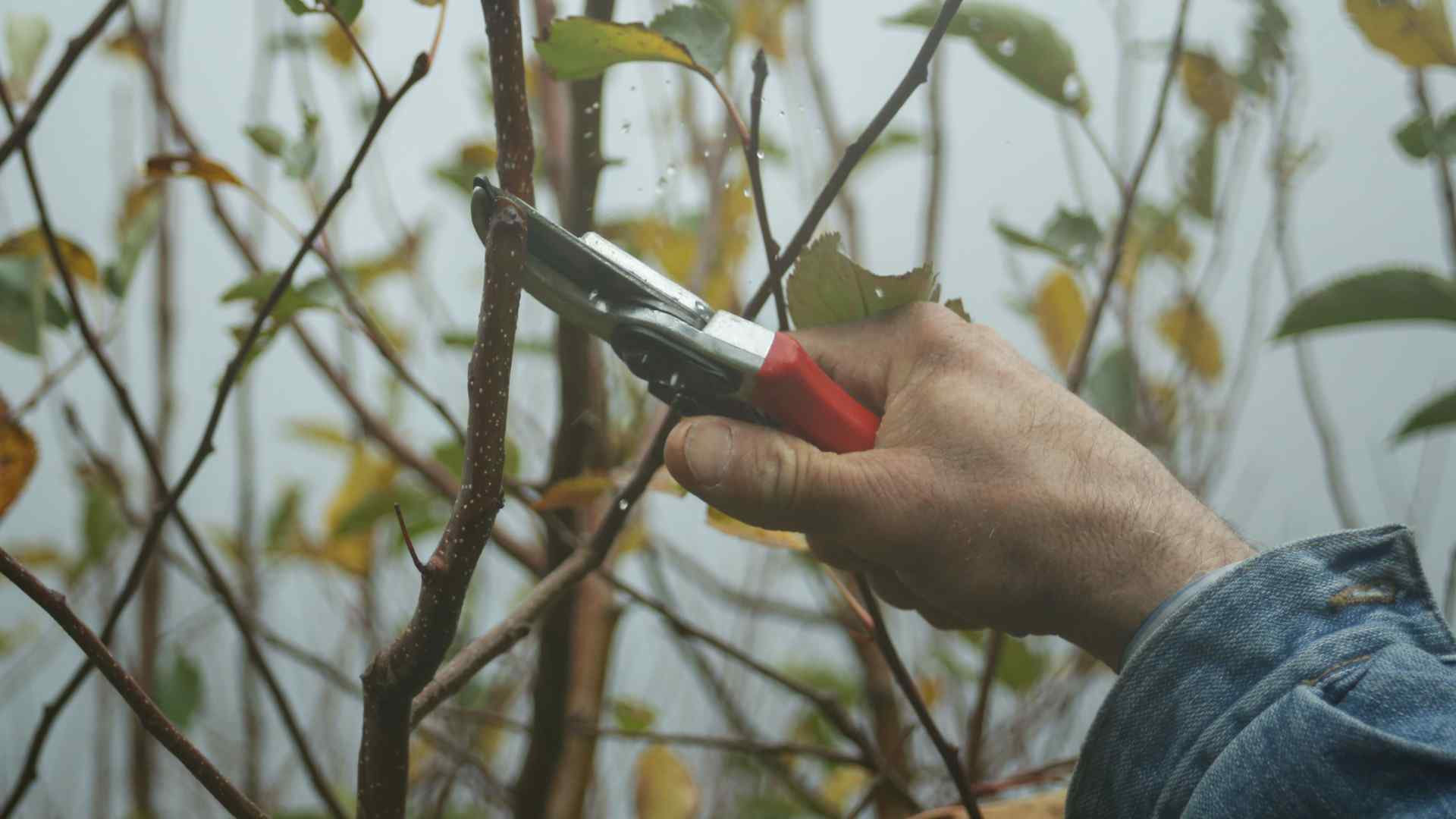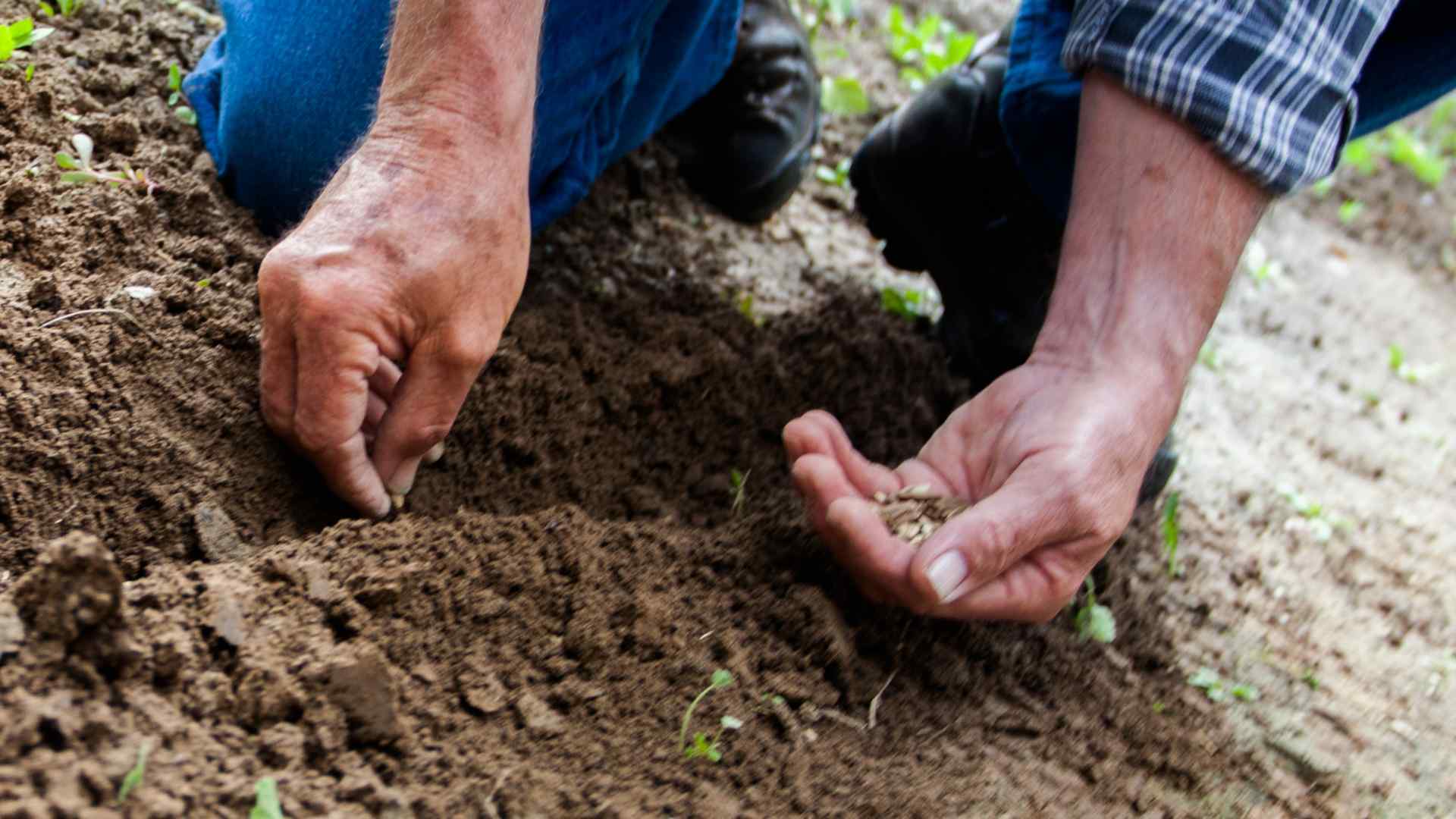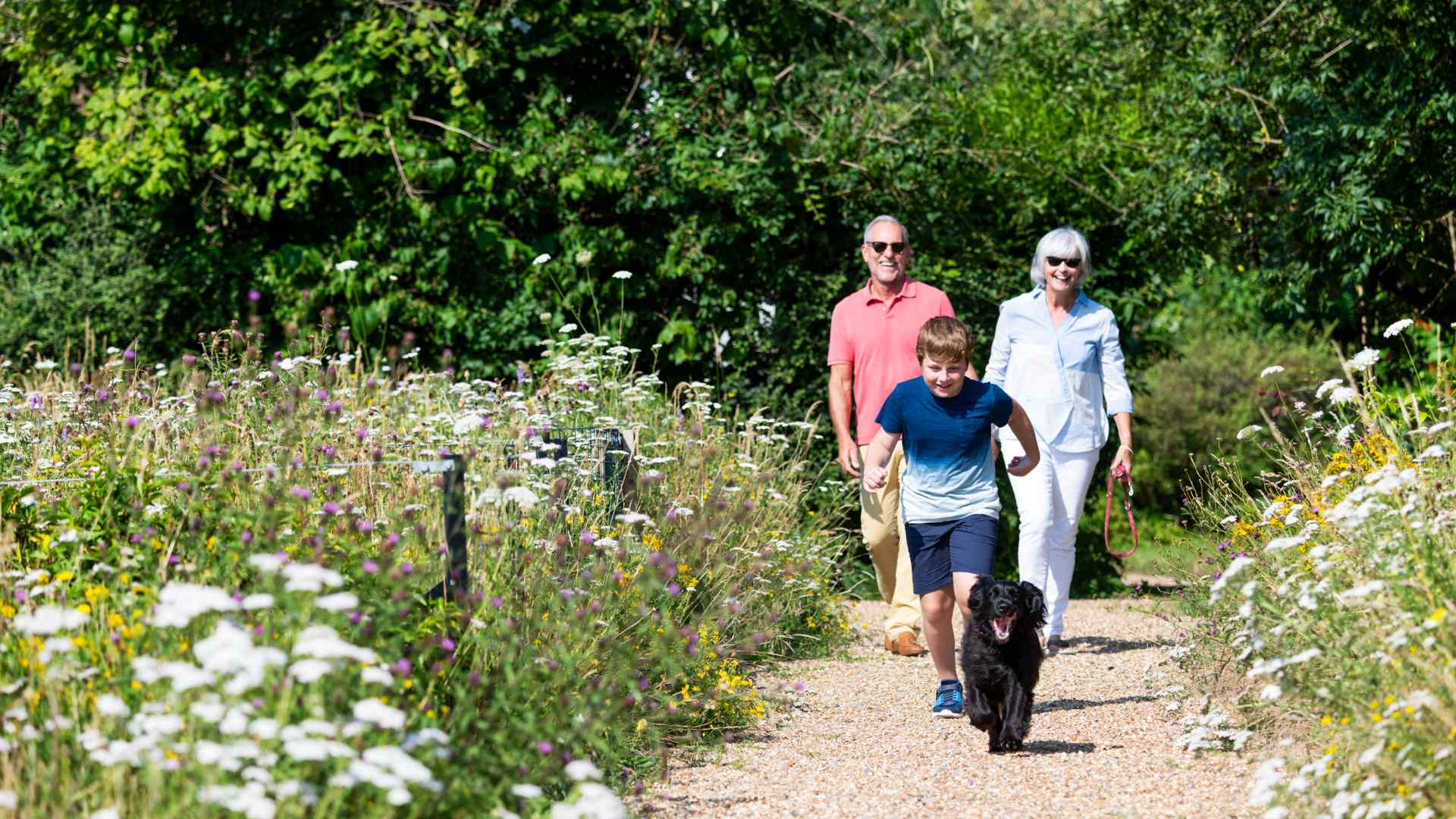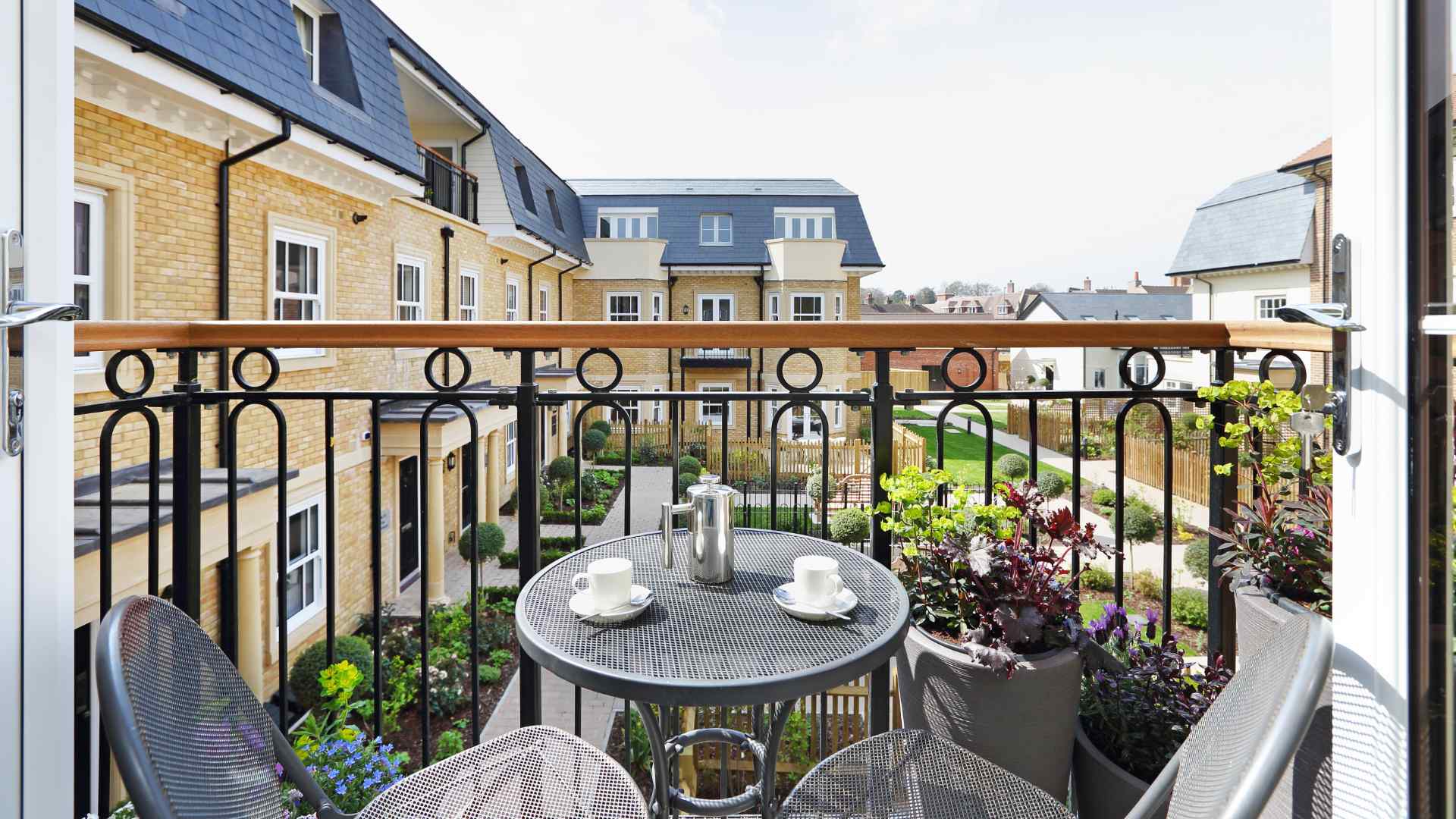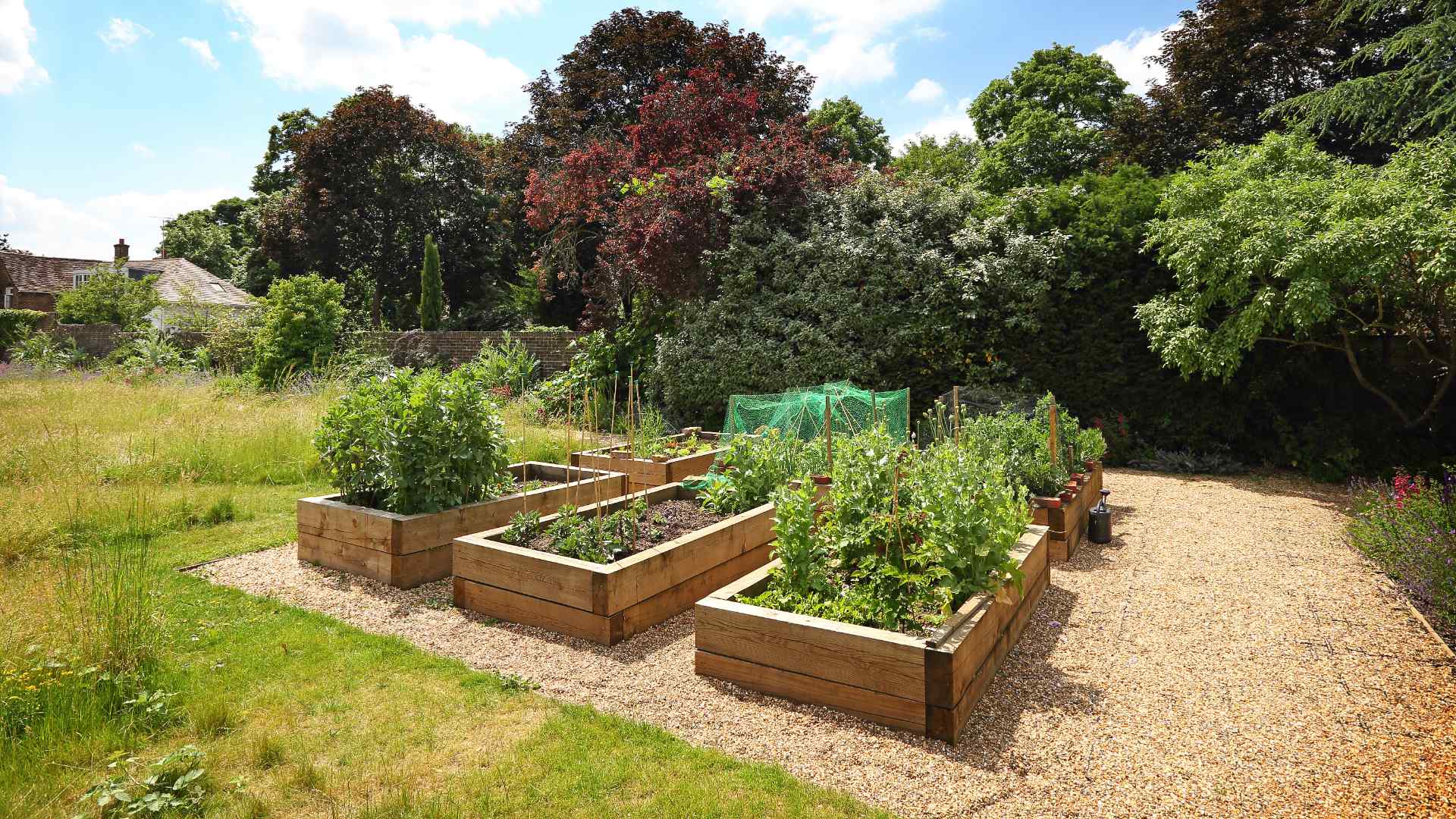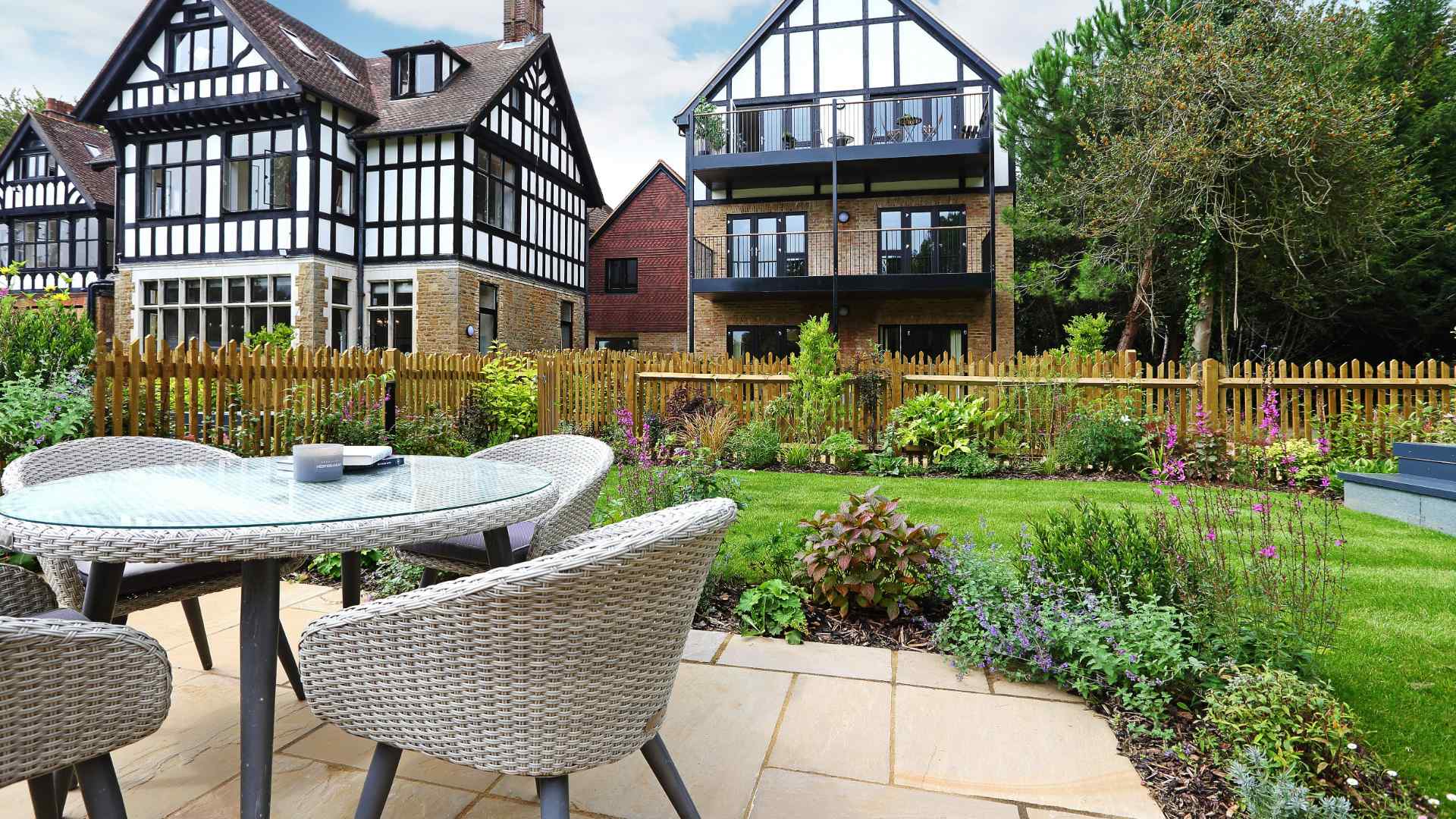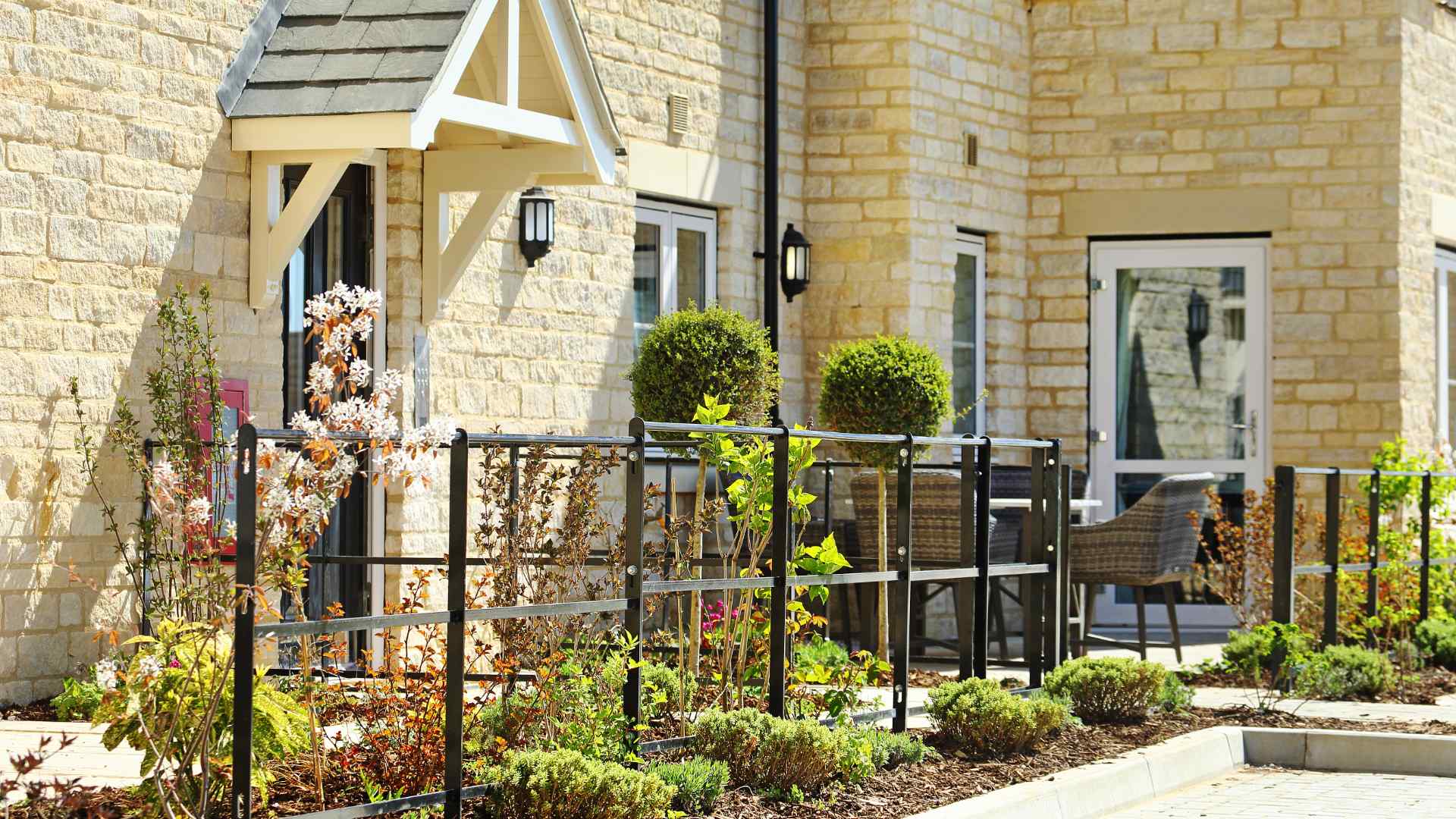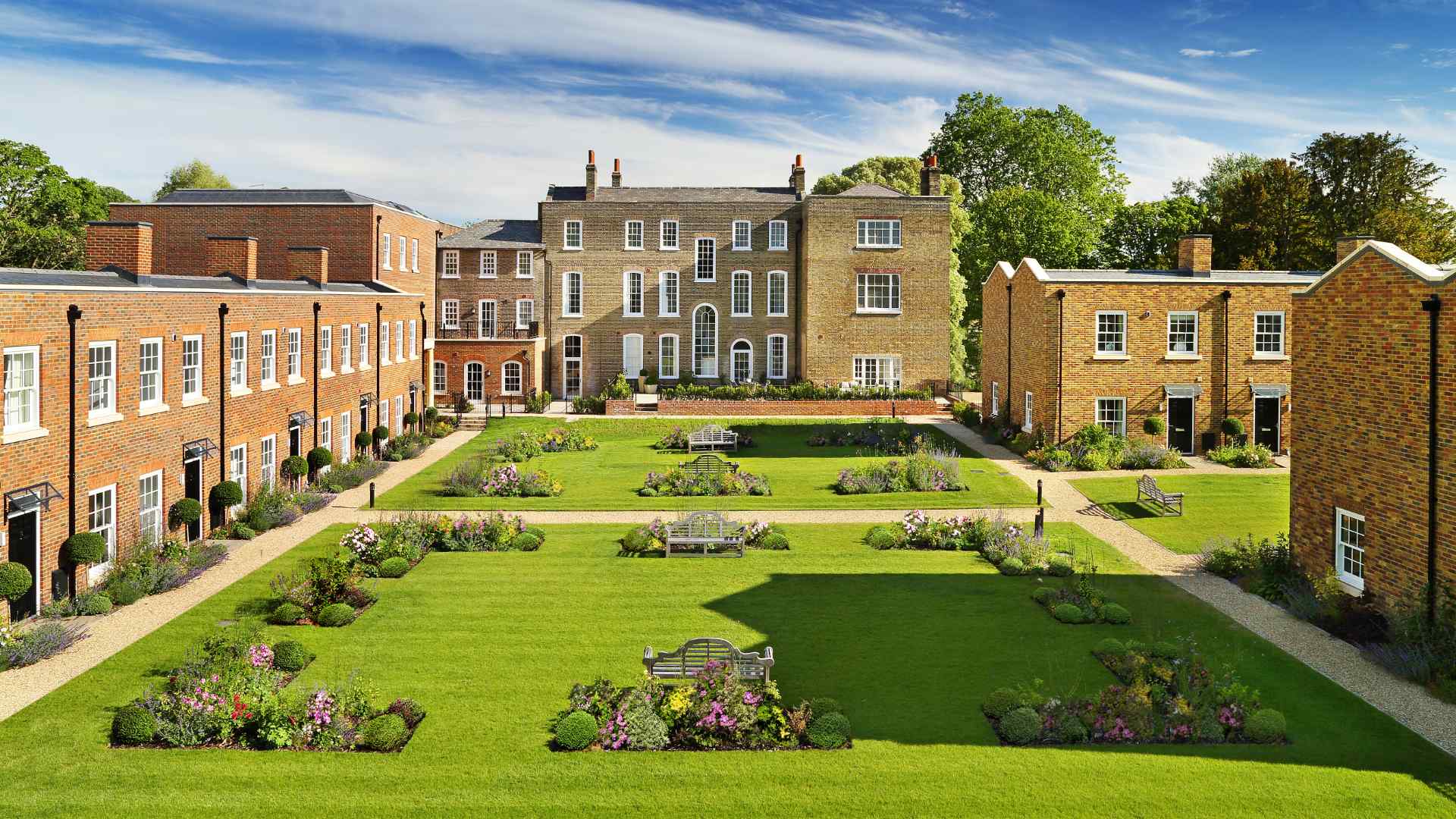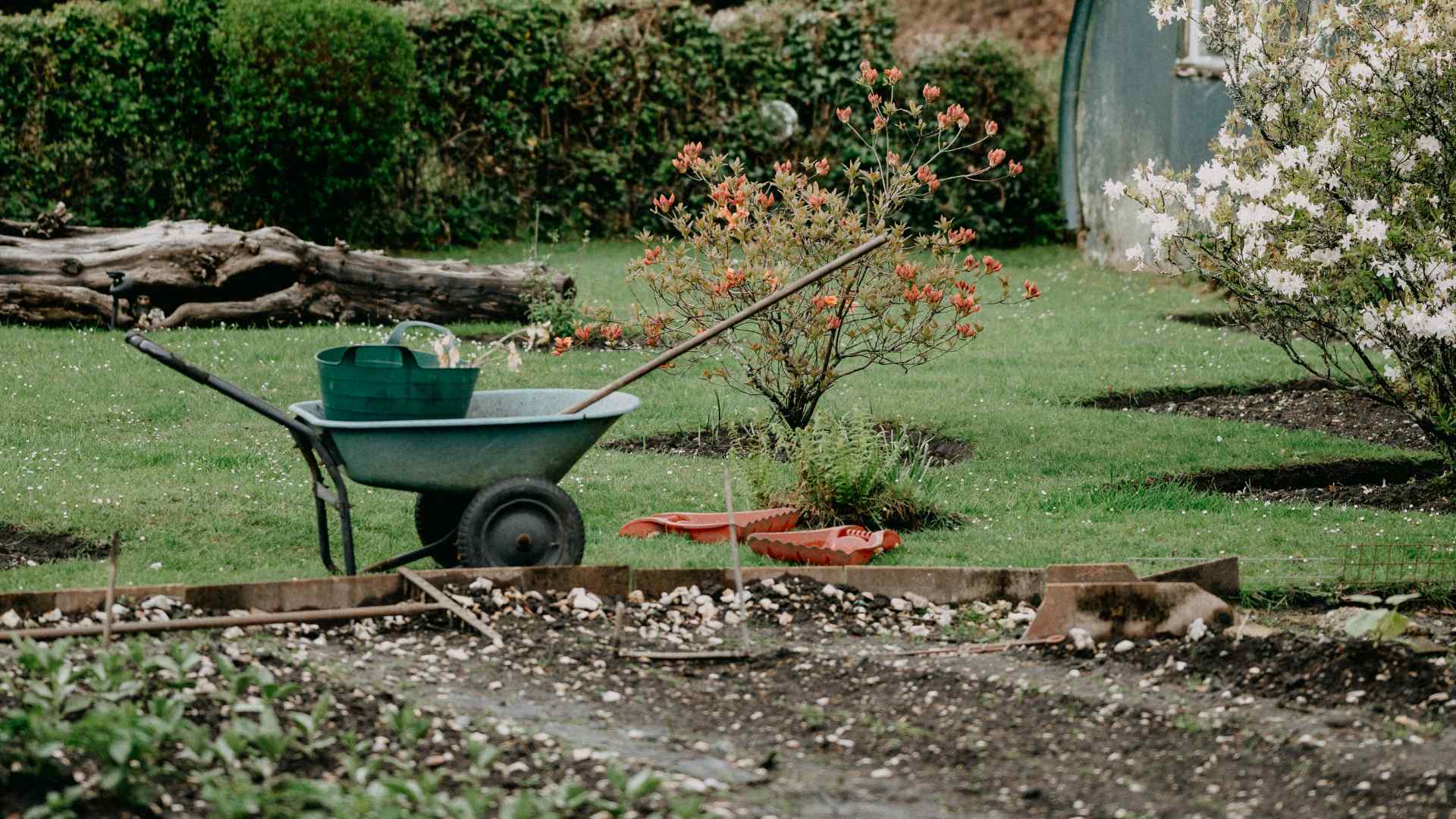
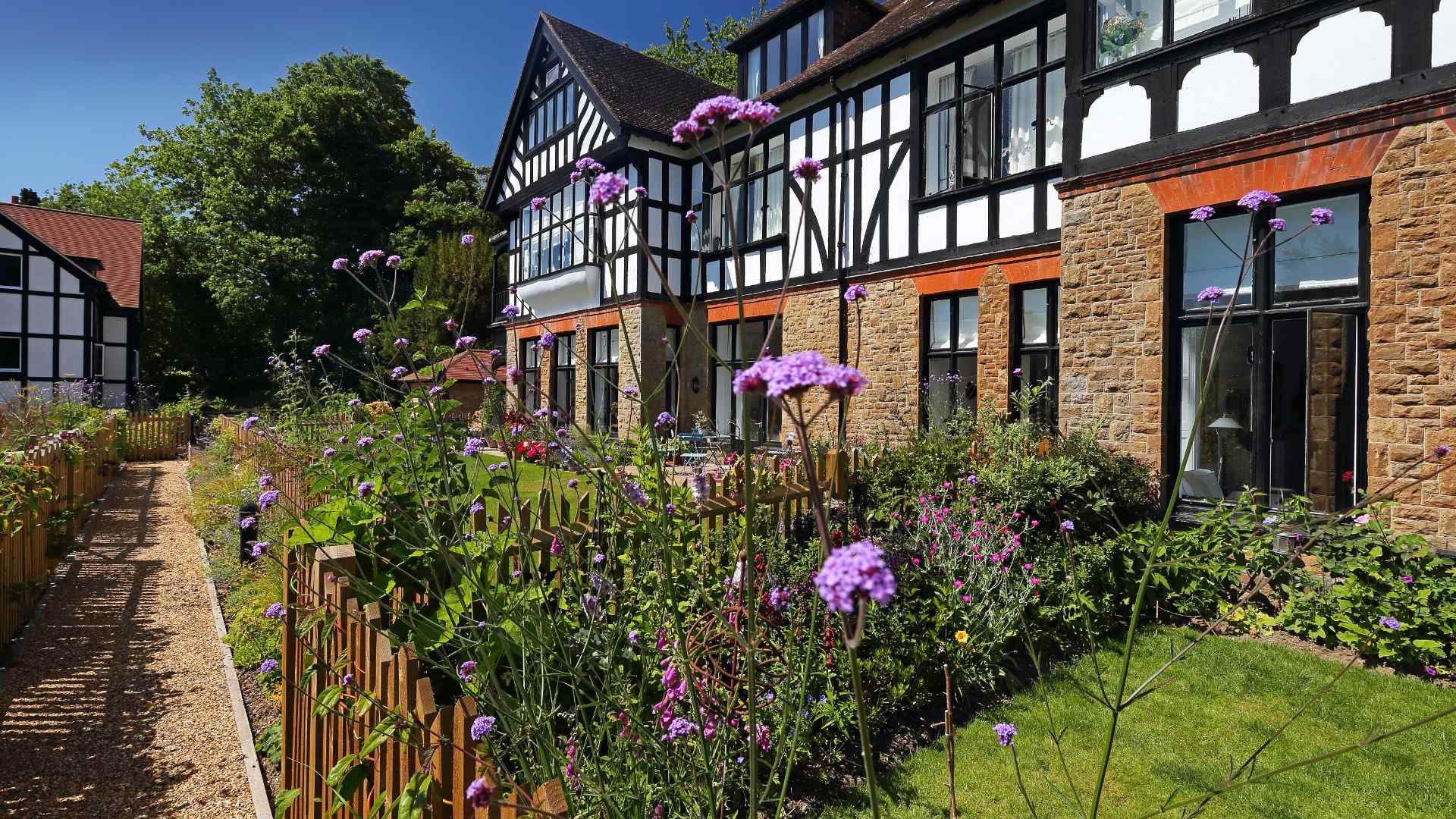
Spring is approaching and most of us are looking forward to warmer, sunnier days. Preparing our gardens for spring means that we’ll have an attractive, outdoor space to relax in when the temperatures rise – whether this is a balcony, a terrace or a garden, small or large.
Winter is hard on a garden and in spring, having a garden means there are plenty of tasks to do.
Whilst January is still winter and the days remain long, the garden begins to grow so this is a good time to plan your gardening year. On dry sunny days, check your stakes, ties and supports are still in place and order your seeds and plants.
One of the first things you’ll need to do is ‘spruce up your space.’
If you have a patio, terrace or decking, make sure it’s clean and clean flower pots, tubs and garden tools to prepare for planting.
If you have a garden, then preparing your soil will give your new plants a head start. Remove weeds and last year’s left-over annuals and dig in plenty of organic matter – homemade compost is ideal – to improve the soil.
As February progresses, temperatures begin to rise and this is the time to prune shrubs and climbers such as Wisteria as well as evergreen hedges. You should also cut back deciduous ornamental grasses, deadhead winter bedding plants such as winter pansies and to cut the old leaves off hellebores.
At the end of the month, prune back the stems of pot-grown fuchsias which have wintered undercover and place them in a warm, well-lit place to encourage new growth. If you have containers, check whether they need watering – if they’re sheltered, they may have missed out on rainfall. Check the compost to see if it feels dry – pots should be moist rather than wet. Add some fresh compost to your containers – if there’s no room, remove the old compost.
In February, you can plant summer-flowering bulbs in pots and you can plant hardy perennials such as Japanese anemones and hardy geraniums.
Most are dormant in February and you won’t be able to see much above the soil but you’ll be getting them off to a good start. It’s still too cold to sow seeds outside but there are plenty that you can start off inside in February – on a warm, bright windowsill or in a propagator. Try the following:
In March, you’ll need to prepare your seed beds – as soon as you’re able to dig the soil easily, add some manure or compost to the beds to prepare for the growing season ahead.
If you’ve got climbers in your garden, put the supports in now so the plants can grow up and through them – it’s difficult adding supports later.
March is the time for pruning to encourage strong new growth – prune roses, early flowering clematis, winter-flowering jasmine and rhododendrons. Finish cutting back dead foliage from perennials, trim winter-flowering heathers as the flowers disappear and continue to deadhead winter pansies to stop them setting seed. Watch out for slugs – they enjoy new growth.
There are a number of plants such as hardy perennials that you can sow outdoors in containers or directly into the soil in March and summer flowering bulbs can be planted in well-prepared soils.
By April, Spring should have arrived – although be careful of late frosts. Flowering trees and spring flowers such as daffodils begin to bloom. Its time to start sowing outdoors – you can sow sweet peas outdoors this month and, if you haven’t already done so you can plant your summer bulbs.
Towards the end of April, if the weather is mild, you may be able to prepare and plant your hanging baskets for the summer – using slow-release fertiliser and water-retaining gel. Start looking after your lawn with fertiliser and begin to mow. Divide primroses once they’ve finished flowering and lift and divide established border perennials like Hostas to create new healthy plants.
Feed trees, shrubs and hedges with a slow-release fertiliser – roses will benefit from feeding. Finish cutting back dead foliage on perennials and ornamental grasses. Tie in new honeysuckle, clematis and climbing roses to ensure they grow on their supports.
Deadhead daffodils and tulips as the flowers finish and trim winter heathers. April is the time to remove any winter bedding and plants that didn’t survive the winter and, by the end of the month, plan what summer bedding plants you’re going to add to your garden – these can be planted in May.
It’s important to choose your plants carefully because some contain toxins that can cause your dog to suffer from health issues.
The following are dog-friendly plants that will liven up your garden without causing problems for your pet.
Please note: this does not constitute professional veterinary advice and we advise consulting a professional vet for guidance.
If you have a balcony, a terrace or a patio – or even a small garden, you can create beautiful container gardens.
There are so many plants that can be used to create beautiful spring containers – daffodils, hyacinths and tulips, combined with evergreens and bedding plants. One of the advantages of container gardening is that it’s easy to take your plants with you if you move home.
With spring containers, just as with planting in your garden, you need to be guided by the weather conditions and what your plants require. Spring plants grown in containers are more exposed to cold conditions because of the surface area of the pot than plants in the ground.
Most gardens have shady areas where sun-loving plants won’t grow but there are plenty of plants that enjoy shady positions. When choosing shade-loving plants, you need to understand whether they need light shade – slight shade for most of the day, partial shade – that is they are in sun for some of day or dappled shade where the sun is filtering through.
For those who don’t have a private garden but are able to rent an allotment, spring is a busy time.
Some Beechcroft developments feature allotments or growing beds which are prepared for homeowners and on one development, a gardening club has developed with homeowners literally sharing the fruits of their labour.
In February/early March, it’s time to paint fences or sheds and to clean any greenhouse glass. As long as the ground isn’t frozen, vegetables like broad beans that have been growing from seed indoors or in the greenhouse can be planted out. Blueberry bushes, autumn fruiting raspberry canes, apple and pear trees need fruiting but stone fruit trees like cherry trees should be pruned later in the spring or summer. Vegetable beds should be cleared of weeds and ready for planting.
March is the time for planting. Crops can be started off under glass or in the ground. In March you can continue to sow indoors for peppers or tomatoes but it is possible to sow in the ground, in seedbeds or under cloches for crops that prefer not to be handled – such as carrots and parsnips. This is the time to start off globe artichokes and snow peas.
In April when the weather gets warmer:
At Beechcroft the soft landscaping scheme is designed and installed by Alison Page of Envy Garden Design Ltd and both communal and private gardens are maintained by the estate management service – leaving residents to enjoy the gardens without the hard work involved. Many Beechcroft homeowners enjoy creating colourful container gardens and strolling around the fully-maintained communal gardens, meaning you are able to enjoy your free time without the need to maintain your outside space or mow your lawn.
We recently asked Alison for her top tips for gardening in the springtime, here's what she had to say:
“At Beechcroft developments, the gardens are waking up after winter. The structural shrubs and evergreen shrubs are gradually joined by the emerging herbaceous perennials. Spring flowering perennials include Helleborus (late winter/early spring flowering variety), Berenia, Tellima, Pulmonaria, Tiarella, Aquilega and the early varieties of Geranium and these flower ahead of the summer varieties. When selecting summer-flowering perennials we focus on those varieties that flower for longer to ensure colour throughout the season. We plant spring flowering shrubs including Forsythia, Rives, Vibernum Bodnantense, Vibernum Tinus and Sarcococca (all late winter/early spring flowering) as well as Camellia, Skimmia Kew Green and Amelanchier. Throughout the year, evergreen and semi-evergreen grasses present include Luzula, Deschampsia and Carex,” says Alison Page.
“My top tips for spring gardens is to make sure that you know which plants you already have in the garden. Herbaceous perennials that disappear beneath the ground during the winter may mislead you into thinking that the area is ‘empty’ and that there’s room for more plants – and this may not be the case. Wait until the weather warms up a little to give existing plants the time to show themselves – so wait until late spring rather than planting in early spring. The same is true of bulbs. Be mindful of damaging the soil in spring: if, after an inclement winter, the ground is wet you may compact the soil unnecessarily and this isn’t a healthy state for the soil.”
“If you’re creating a container garden, remember that all bulbs work well and, once the bulbs have flowered, summer bedding plants can be added so that the planters continue to provide colour throughout the summer months. Bulbs also work with herbaceous perennials which will ensure the containers remain colourful and interesting throughout the season.”
Find your closest Beechcroft development, exclusively designed for the over 55's.
View all properties7 April 2025
From beautiful landscapes to excellent transport links, Kent offers the best of both worlds - convenience and charm - along with…
Read more17 March 2025
Research certainly suggests that it may well be…
Read more17 February 2025
After a lifetime of hard work, retirement should be something to celebrate, a time when you’re able to do things you enjoy most…
Read more